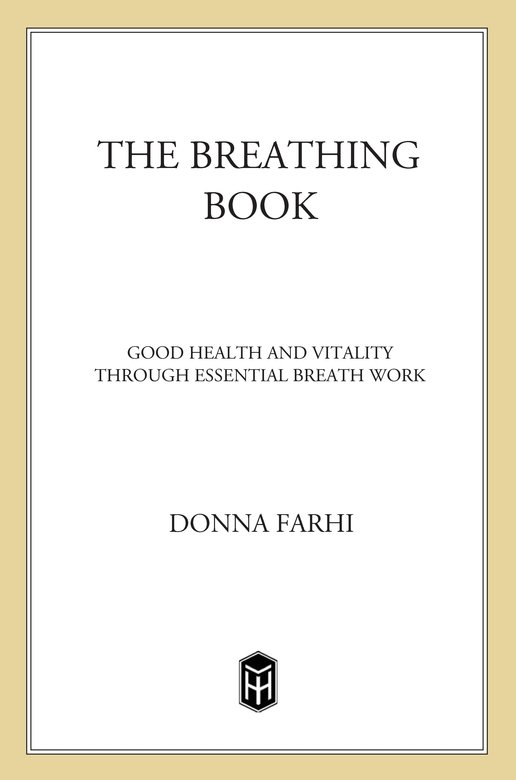
I feel an enormous appreciation for all my friends and family who have so generously given their support to this project. In particular, my loving partner, Mark Bouckoms, who reminded me to take a daily walk by the sea and kept the fire going in more ways than one during the cold winter months of writing. To my mother Louise and stepfather Jack, who in combination have been a familial fan club, cheering on my efforts. This book would have never come to fruition were it not for my literary agent, Laurie Fox, and my editor, Bryan Oettel, whose kindness and boundless enthusiasm have bolstered my confidence throughout the project. My special thanks to Dr. Erik Peper for his generous interviews and for sending me scientific papers and research material that would have been difficult to procure in New Zealand. Thanks also to Dr. Roger Cole, Jane Campbell-Kaye, and Peter Coates for reviewing specific sections of the text and providing me with helpful research material. To Stephen Crowe, who stretched himself beyond the call of duty to produce the beautiful illustrations for the book. To Fred and Amanda Stimson, for taking such great care in producing the photographs for this book, not to mention the fabulous lunches during the long photo shoot. Special thanks to Carol Banquer and Dave and Dione King, who have provided me with a peaceful sanctuary in San Francisco during my teaching tours and research stays and who have been extraordinary friends through thick and thin. Finally, thank you to all the teachers who inspired me to follow my own excitement, to the yoga centers and individuals that have supported my teaching visits, and to the hundreds of yoga students who opened themselves to the breath and through their participation helped me to formulate the core material for this book.
N ow that you have a repertoire of movements, inquiries, and breathing explorations you may want to incorporate them into some kind of daily feel good practice. This section is about taking the alphabet of what youve learned and making stories that work for your body and your specific needs. Generally, a breath work practice should consist of movements that open the body and stimulate your breathing followed by deep relaxation and a breathing inquiry of your choice. You can choose from the many movements you learned in chapter 5 as well as the breathing inquiries in chapter 6 to design a program that meets your needs. Dont feel compelled to stick to a formal practice structure; use the exercises creatively.
If you dont feel confident putting together your own program, you can try the suggested Feel Good programs below. They take about 30 minutes each. Once youve learned Programs A, B, and C you can alternate them throughout the week, or you can focus on one program for weeks or even months at a time. If you havent the time to do an entire program in one session, consider dividing the program into a morning and evening session. Or you may want to focus on the practice sessions designed for retraining specific breath holding patterns. Although having a formal practice can be important for establishing and sustaining your sense of well-being and vitality, dont ignore the rest of the day, which can offer an opportunity to integrate what you have learned about breathing. In this way, all of life can become a practice of growing awareness.
GENERAL FEEL GOOD PROGRAMS
PROGRAM A (WEEKS 12)
Tapping and Percussion with the Lion Pose, & 18
Breath Stretches, , B & C
Roll Downs, & B
Pelvic and Hip Openers, , B, C & D
Effortless Rest position: Practice,
Choose one breath exercise from the following and focus on it for the first few weeks or alternate the selections:
Diaphragmatic Breathing A (7 minutes),
Sandbag Breathing (10 minutes),
Sounding the Exhalation (510 minutes)
PROGRAM B (WEEKS 34)
Shoulder and Upper Back Release,
The Cat: Variation A & B, & B
Pelvic and Hip Openers, , C, D, & E
The Waterfall with Guiding Relaxation,
Following the Lure of the Breath
Breathing Easy position,
Choose one of the following:
Straw Breathing (510 minutes),
The Three-Part Breath (10 minutes)
PROGRAM C (WEEKS 56)
1. Tapping and Percussion with the Lion Pose, & 18
2. Breath Stretches, , B & C
3. The Cat: Variation A & B, & B
5. Pelvic and Hip Openers,
5. Pelvic and Hip Openers, , C, D, & E
6. Supported Bound Angle,
7. Effortless Rest position with your choice of guided relaxation.
You can do your breathing inquiries reclining or change to a sitting position. Choose one from the following:
Alternate Nostril Breathing with counting (10 minutes),
Merging with the Breath
In chapter 4 you may have identified a specific breath holding pattern on which you would like to focus. Each program should take about 2040 minutes if done in succession. Because breath holding patterns involve the entire body its important also to have a more global approach so take the time to explore all the movements in chapter 5 and make your own choices about which ones work best for you.
REVERSE BREATHING
Do These Inquiries First:

Inquiry: Checking In with Your Breath

Inquiry: The Marriage of Breath and Movement, & 2
Practice Sequence:
Pelvic and Hip Openers, , B, C, D, E
Breathing Easy Pose: Choose one of the guided relaxations.
CHEST BREATHING
Practice Sequence:
Shoulder and Upper Back Release,
Diaphragm Release Variation A and B, & B
Pelvic and Hip Openers, , B, C, D, E
Effortless Rest position,
Choose one of the following breath inquiries:
Straw Breathing (510 minutes),
Lengthening the Exhalation (510 minutes)
The Three-Part Breath (510 minutes)
COLLAPSED BREATHING
Practice Sequence:
Shoulder and Upper Back Release,

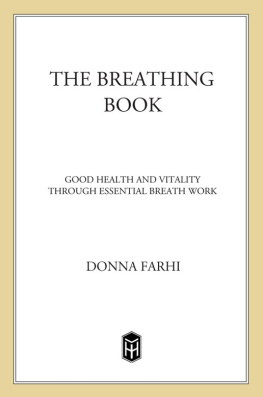
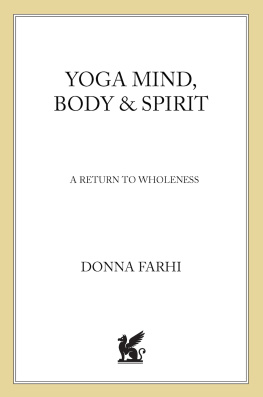
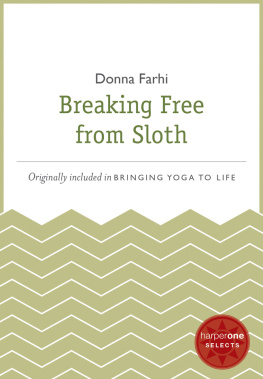

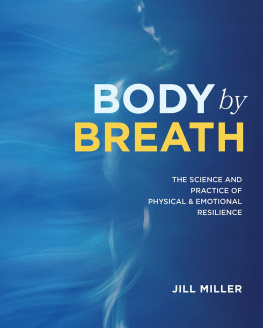
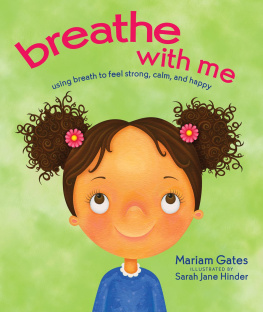
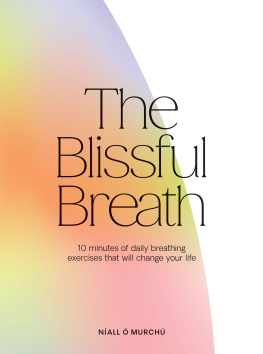
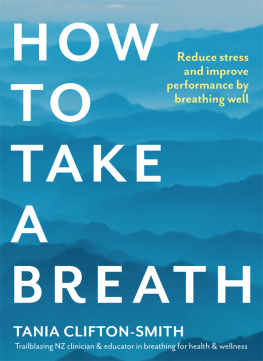
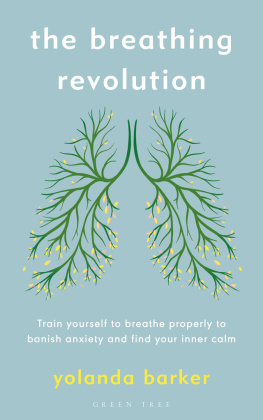
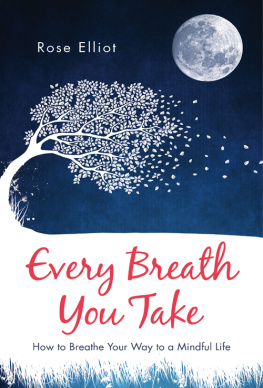
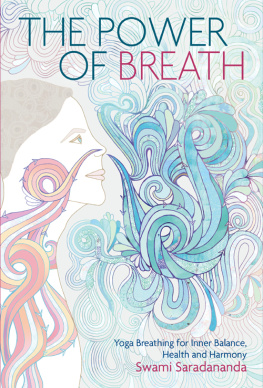
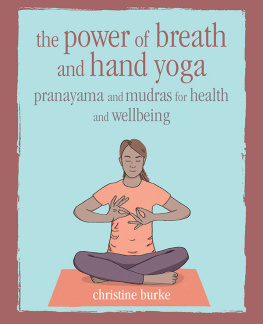
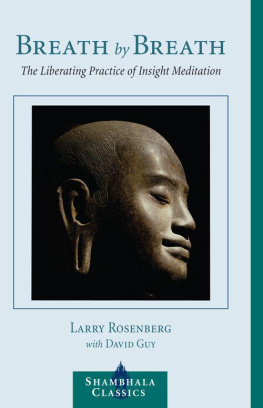

 Inquiry: Checking In with Your Breath
Inquiry: Checking In with Your Breath  Inquiry: The Marriage of Breath and Movement, & 2
Inquiry: The Marriage of Breath and Movement, & 2